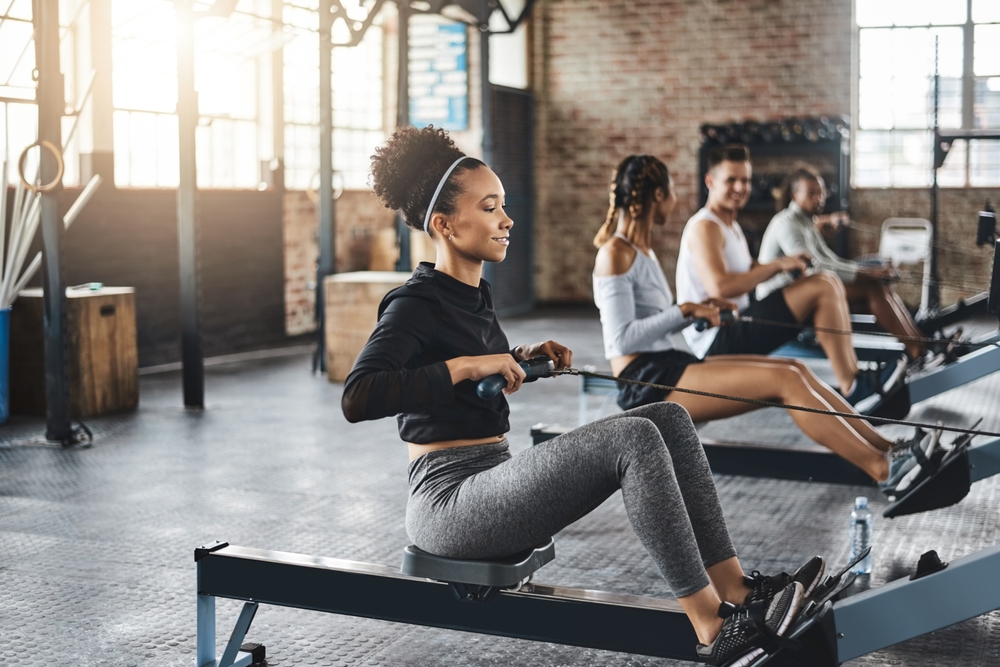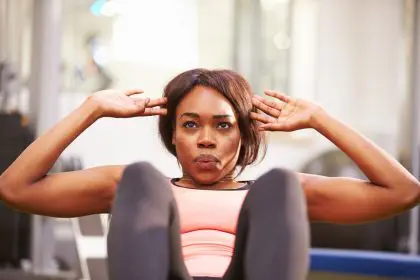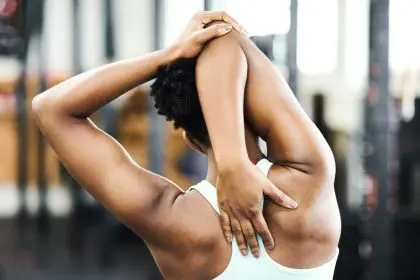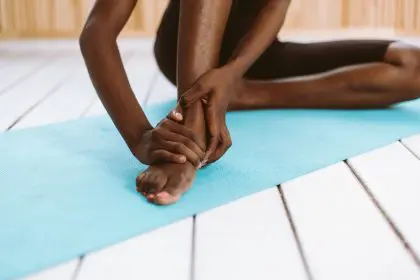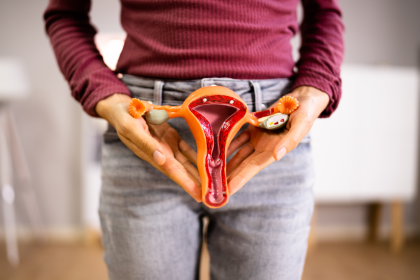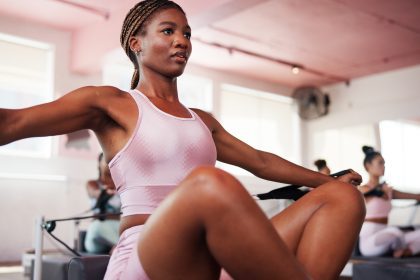Walk into any gym and you’ll see people lined up to use the seated row machine, pulling heavy weights toward their chest with what looks like perfect form. But this popular piece of equipment might be doing more damage to your spine than almost any other exercise in the gym — and most people have no idea they’re slowly destroying their backs with every rep.
The seated row machine seems safe and controlled, but its design creates a perfect storm of spinal stress that can lead to serious long-term back problems.
The forward head posture trap
The seated row machine forces you into a position that promotes forward head posture, one of the most damaging positions for your cervical spine. As you pull the weight toward your chest, your head naturally moves forward to compensate for the rowing motion.
This forward head position puts enormous stress on your neck vertebrae and the muscles that support your cervical spine. For every inch your head moves forward from its natural position, the effective weight of your head increases dramatically, creating excessive strain on neck muscles and joints.
Most people spend their days hunched over computers and phones, already dealing with forward head posture problems. The seated row machine amplifies this issue, reinforcing the exact postural dysfunction that’s causing pain and spinal degeneration in millions of people.
The repetitive nature of the exercise means you’re essentially training your body to maintain this harmful position, making your existing posture problems worse over time.
How the machine creates spinal flexion under load
The seated position on most row machines encourages spinal flexion — rounding your back — especially as you fatigue during a set. When you add heavy weight to this flexed spinal position, you’re creating enormous pressure on your intervertebral discs.
Your spine is designed to handle heavy loads when properly aligned, but flexion under load is one of the most dangerous positions for your discs. This combination can cause disc bulges, herniations, and degenerative changes that may not become apparent until years later.
As you pull heavier weights, the tendency to round your back increases, especially during the eccentric (lowering) portion of the movement. This creates a compressive and shearing force on your spine that can damage discs and vertebrae over time.
Many people think they’re maintaining good posture on the machine, but video analysis often reveals significant spinal flexion that users aren’t aware of during the exercise.
The hip flexor tightness connection
Sitting on the row machine with your legs extended straight out in front of you places your hip flexors in a shortened position. When hip flexors are tight or shortened, they pull on your lower back, creating an anterior pelvic tilt that puts additional stress on your lumbar spine.
This hip flexor tightness is compounded by the fact that most people already have tight hip flexors from prolonged sitting throughout the day. The seated row machine essentially reinforces this tightness while adding heavy resistance, creating a recipe for lower back problems.
The combination of tight hip flexors and the pulling motion creates excessive lumbar extension (arching) to compensate for the hip positioning, putting your lower back in a compromised position under load.
Why the pulling angle damages shoulder mechanics
The horizontal pulling motion of the seated row machine doesn’t match how your shoulder blades and shoulders are designed to move naturally. This artificial movement pattern can create shoulder impingement and alter the normal rhythm between your shoulder blades and spine.
When your shoulder mechanics are compromised, your spine has to compensate by moving in ways it wasn’t designed for. This compensation pattern can lead to thoracic spine problems and increased stress on your neck and lower back.
The fixed path of the machine doesn’t allow for natural scapular movement, forcing your shoulder blades into unnatural positions that can create muscle imbalances and joint dysfunction over time.
The deceptive feeling of safety
One of the most dangerous aspects of the seated row machine is that it feels safe and controlled. The seated position and guided movement path give users a false sense of security that can lead to using heavier weights than their spine can safely handle.
Unlike free weight exercises where your body naturally limits the weight you can use based on your weakest link, machines allow you to overload specific muscle groups while other stabilizing muscles remain weak and unprepared.
This false sense of security often leads people to progress too quickly with weight, outpacing their body’s ability to adapt safely. The spine bears the brunt of this aggressive progression.
The cumulative damage you can’t feel
Spinal damage from poor exercise form is often cumulative and painless until it reaches a critical point. You might use the seated row machine for months or years without obvious problems, then suddenly experience severe back pain that seems to come from nowhere.
Each session with poor form creates micro-damage to spinal structures that accumulates over time. By the time pain develops, significant structural damage may have already occurred that could have been prevented with better exercise selection.
The delayed onset of symptoms makes it difficult for people to connect their back problems to the seated row machine, allowing the damaging pattern to continue unchecked.
Better alternatives that protect your spine
Standing cable rows with proper form allow for natural spinal alignment and don’t force you into the problematic positions created by the seated machine. You can maintain a neutral spine while allowing your hips and legs to assist in the movement.
Bent-over dumbbell rows, when performed correctly, teach proper hip hinge mechanics and spinal stability while providing the same muscle-building benefits as the seated row machine.
Single-arm rowing variations allow for better spinal alignment and help correct the muscle imbalances that seated rows can create. These exercises also engage your core more effectively for spinal protection.
How to protect yourself if you must use it
If you insist on using the seated row machine, focus obsessively on maintaining perfect spinal alignment throughout the entire range of motion. Use lighter weights that allow you to keep your chest up and shoulders back.
Take frequent breaks to stretch your hip flexors and perform spinal extension exercises to counteract the negative effects of the seated position.
Consider using the machine only as a warm-up with very light weights rather than for your primary back training.
The bigger lesson about gym equipment
The seated row machine represents a broader problem with gym equipment design that prioritizes isolation and convenience over functional movement and spinal health. Just because equipment is popular doesn’t mean it’s safe or effective.
Many machines force your body into unnatural positions or movement patterns that can create problems over time. Learning to identify these issues and choosing better alternatives is crucial for long-term spinal health and injury prevention.
Your spine will thank you for choosing exercises that work with your body’s natural movement patterns rather than against them.

